Welcome
Welcome to our website. We are family physicians, current and former professors of Family Medicine and Internal Medicine, and researchers from the United States, Canada, and Belgium who believe that goal-oriented care is a better way to provide healthcare, better for patients, better for clinicians, and a better way to organize a healthcare system. We hope the information and resources we have provided here will both convince you of that and help you implement this practical person-centered approach to care. If you have questions or need help, please reach out to any of us by e-mail at the addresses provided at the bottom of each page.

Goal-oriented healthcare is a practical approach to integrated, person-centered care. In contrast to the traditional deficit reduction model that focuses on solving problems, goal-oriented care promotes optimization of health by focusing on achieving life goals. It empowers individuals to actively engage in decision-making, ensuring that interventions align with what matters most to them. For both clinicians and their patients, goal-oriented care supports meaningful relationships and respectful collaboration. For clinicians, it enhances the joy of practice while improving patient outcomes, and it assures that all members of the clinical team are on the same page.
Because it primarily shapes the why and whether of clinical care, it can integrate seamlessly with a wide range of approaches to the what and how of care, including traditional medical care, complementary and alternative medicine, functional medicine, and personalized medicine, when appropriate. It is also compatible with and enhanced by the principles and techniques of relationship-centered care .
While it is based on a simple principle—agree on the goals before considering interventions—its implications and impact on the entire healthcare system will be significant, including:
- The role and importance of primary healthcare, the place where goals are typically clarified;
- The nature and purpose of clinician-patient relationships and decision-making;
- A greater emphasis on prevention, long-term planning, and prioritization; therefore greater recognition of the importance of longitudinal studies, non-invasive autopsies, and better predictive algorithms (to improve prioritization of preventive strategies);
- Facilitation of interdisciplinary teamwork;
- The design of clinical record systems; and
- The definition and measurement of quality of care.
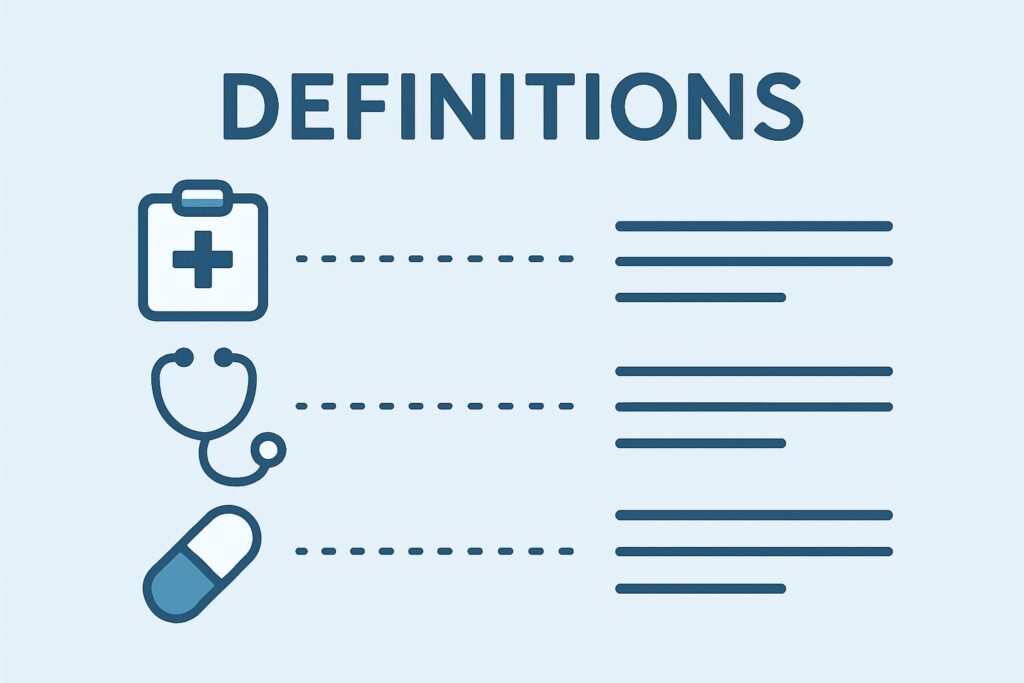
Person-centered care means that “individuals’ values and preferences are elicited and once expressed, guide all aspects of their health care, supporting their realistic health and life goals. Person-centered care is achieved through a dynamic relationship among individuals, others who are important to them, and all relevant providers. This collaboration informs decision-making to the extent that the individual desires.”
AGS Expert Panel on Person-Centered Care. J Am Geriatr Soc 2016; 2016: 15-18 https://agsjournals.onlinelibrary.wiley.com/doi/full/10.1111/jgs.13866
Person-centered care: “Integrated health care services delivered in a setting and manner that is responsive to individuals and their goals, values and preferences, in a system that supports good provider–patient communication and empowers individuals receiving care and providers to make effective care plans together.”
https://www.cms.gov/priorities/innovation/key-concepts/person-centered-care
Health is the ability to derive maximum benefit from life’s journey…a journey filled with both challenges and opportunities for pleasure, joy, fulfillment, and personal growth.
A goal is a desired outcome reflecting a person’s needs, desires, preferences, and values, about which it makes little or no sense to ask, “so that …?” (See examples below.) A goal can stand on its own. It is not a step on the pathway to another outcome.
An objective is a measurable step on the path toward a goal.
A strategy is an intervention, approach, or tactic employed in order to achieve a goal.
Values are the underlying principles and beliefs that underlie and justify goals.
Risk factors are genetic, socioeconomic, behavioral, and acquired characteristics, conditions, and circumstances that make future outcomes (e.g., premature death or disability) more likely.
Problems are viewed as obstacles, challenges, or opportunities if and when they impact goal achievement.
Priorities are goals of greatest importance.
A Trade-off is a conscious decision to choose to pursue a particular goal even though it means giving up or lowering the commitment to another goal.

Goal-oriented healthcare assumes that there are four types of goals: 1) survival; 2) maximization of quality of life; 3) optimization of personal growth and development; and 4) a good death.
Survival:
I want to live as long as possible.
I want to stay alive until I can no longer enjoy thinking.
I want to try that new medication (strategy) so that I can stop smoking (objective) so that I can live long enough to finish the book I am writing (goal). I want to make a contribution to my profession (value).
Quality of Life:
I want to be able to take care of my dog.
I want to avoid knee replacement surgery.
I want to lose 30 pounds (objective) so that I will not be an embarrassment to my grandchildren (goal). I think I can make a positive contribution in their lives (value). I want try to try one of those new weight loss drugs (strategy).
Growth and Development:
I want learn to be more empathic.
I want to repair my relationship with my father.
I need your help (strategy) to convince my husband (objective) that it’s time for our daughter to move out of our house for good (goal).
Good Death:
I don’t want to be in pain when I die even if it means that my thinking is impaired.
If at all possible, I want to die in my sleep, even if it means I don’t live quite as long.
I want to stay in my own home (goal) until I die, unless and until that creates a burden for my children (value). I have put a copy of my living will on the refrigerator (strategy).
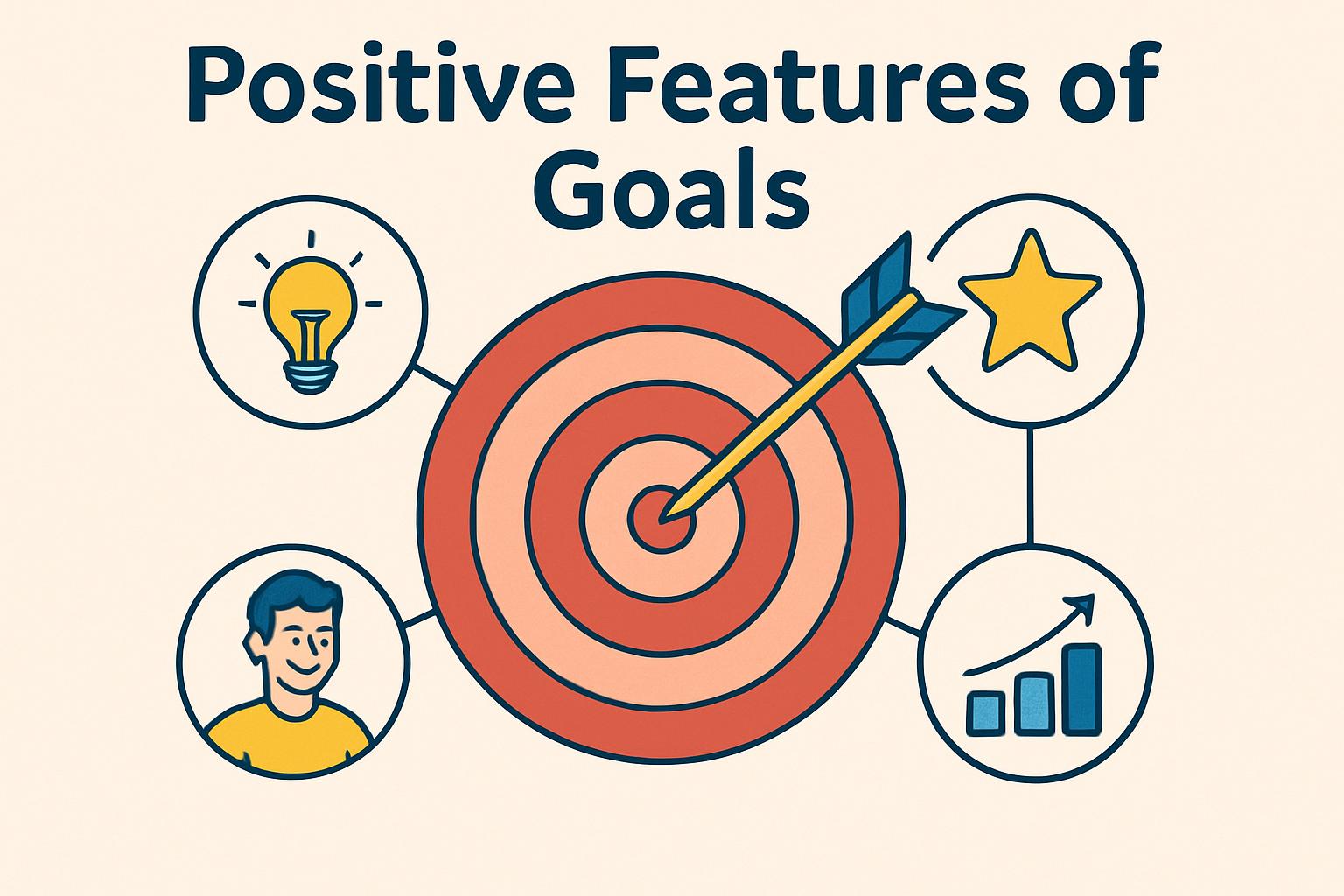
They are motivational, supporting all three basic psychological needs: relatedness, autonomy, and competence (https://www.selfdeterminationtheory.org/)
They belong to the person seeking assistance, not to the clinician or healthcare system.
They comfortably incorporate the full range of health concerns (prevention, life events like pregnancy and death, social determinants of health, etc.).
They create an optimistic process with no upper limits.
They encourage and facilitate prioritization.
They inspire self-comparisons rather than comparison to others.
They help to strengthen relationships.
They enable healthcare teamwork.
They can illuminate conflicts and reduces misunderstandings.
They can reduce unnecessary and unwanted tests and treatments and so should improve safety and reduce cost.
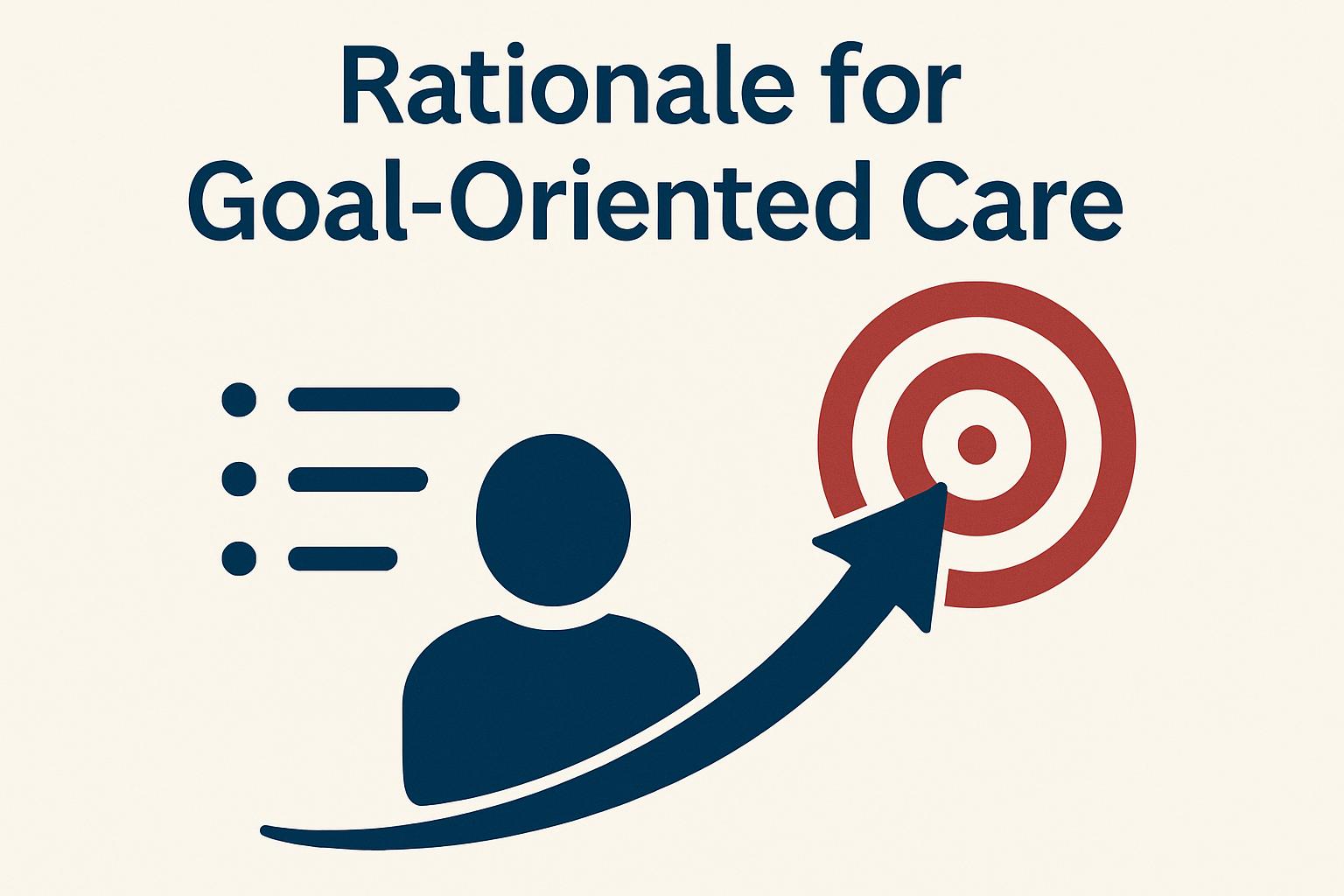
The current medical approach performs well when patients have single, straightforward health issues that can be diagnosed and treated without causing significant harm. However, the aging of the population, an increasing emphasis on prevention, an increase in the prevalence of chronic diseases, and the expansion of diagnostic and treatment options have pushed it to its limit. Emphasizing diseases rather than the individuals experiencing them is now contributing to over-diagnosis, over-treatment, fragmented care, de-personalization, and rising costs. A new paradigm is essential—one that humanizes care while thoughtfully applying medical science to address the unique priorities of each person.
- Mold JW. Failure of the problem-oriented medical paradigm and a person-centered alternative. Ann Fam Med 2022; 20:145-148. https://www.annfammed.org/content/annalsfm/20/2/145.full.pdf
- Reuben DB, Tinetti ME. Goal-oriented patient care–an alternative health outcomes paradigm. N Engl J Med. 2012 Mar 1;366(9):777-9.
- Mold JW, Blake GH, Becker LA. Goal-oriented medical care. Fam Med. 1991 Jan;23(1):46-51.
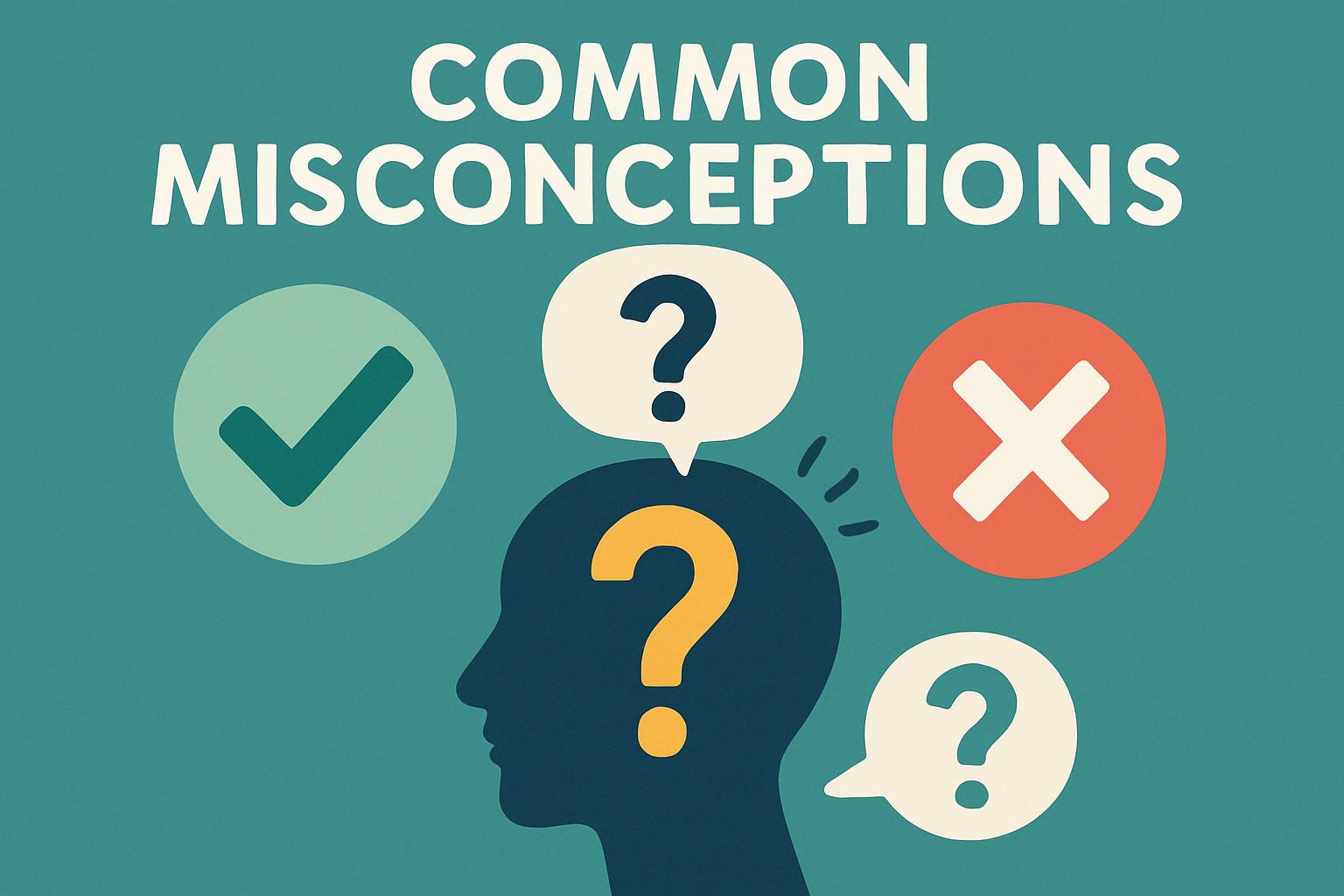
A common misconception about goal-oriented care is that goals are derived from problems (e.g., lowering average blood sugar or losing weight). In goal-oriented care, resolving a problem, when relevant, is an objective, not a goal. Actions taken to resolve the problem are strategies.
Clinicians often assume that goal-oriented care requires formal goal setting, a process they view as time consuming and difficult. Actually, the goals already exist. They only need to be clarified for each individual, and that turns out to be relatively simple in most cases, but it requires a different set of questions.
Some have argued that goal-oriented care is simply a semantic shift, exchanging the word goal for problem. Actually, goals and problems have very little in common (see Definitions).
Many clinicians worry that shifting the focus from problems to goals could worsen disease-oriented quality metrics. This may or may not be true. One could argue that linking relevant disease control strategies to meaningful goals could boost adherence, offsetting any declines that might occur from individualizing care.
A common misconception is that goal-oriented care takes more time than traditional problem-focused care. While some visits (e.g., preventive care visits) may be longer, the overall time spent with each patient per year is likely to be about the same.
Others worry that goal-oriented care is less clinically rigorous than traditional care. Actually, the opposite is true. Shifting the focus to goals requires a greater level of knowledge of clinical medicine including the natural histories of diseases and the comparative benefits of preventive and treatment strategies.
Some physicians have raised concerns that a goal-oriented approach might cause them to overlook important medical problems. Although it is wise to exercise caution when adopting any new method, there is no evidence that focusing on achieving goals causes problems to be missed.
Some believe that goal-oriented care applies only to older or more complex patients. In reality, it is a mindset that humanizes care for individuals of all ages.
Some believe that goal-oriented care simply means discovering what each person wants and helping them achieve it. In reality, goal clarification is a collaborative, co-creative process that requires the full engagement of everyone involved.
Finally, many physicians believe they are already providing goal-oriented care. Experienced doctors who have served the same community for years and genuinely care about their patients have often developed a goal-oriented mindset, but few have fully adopted all aspects of goal-oriented care.
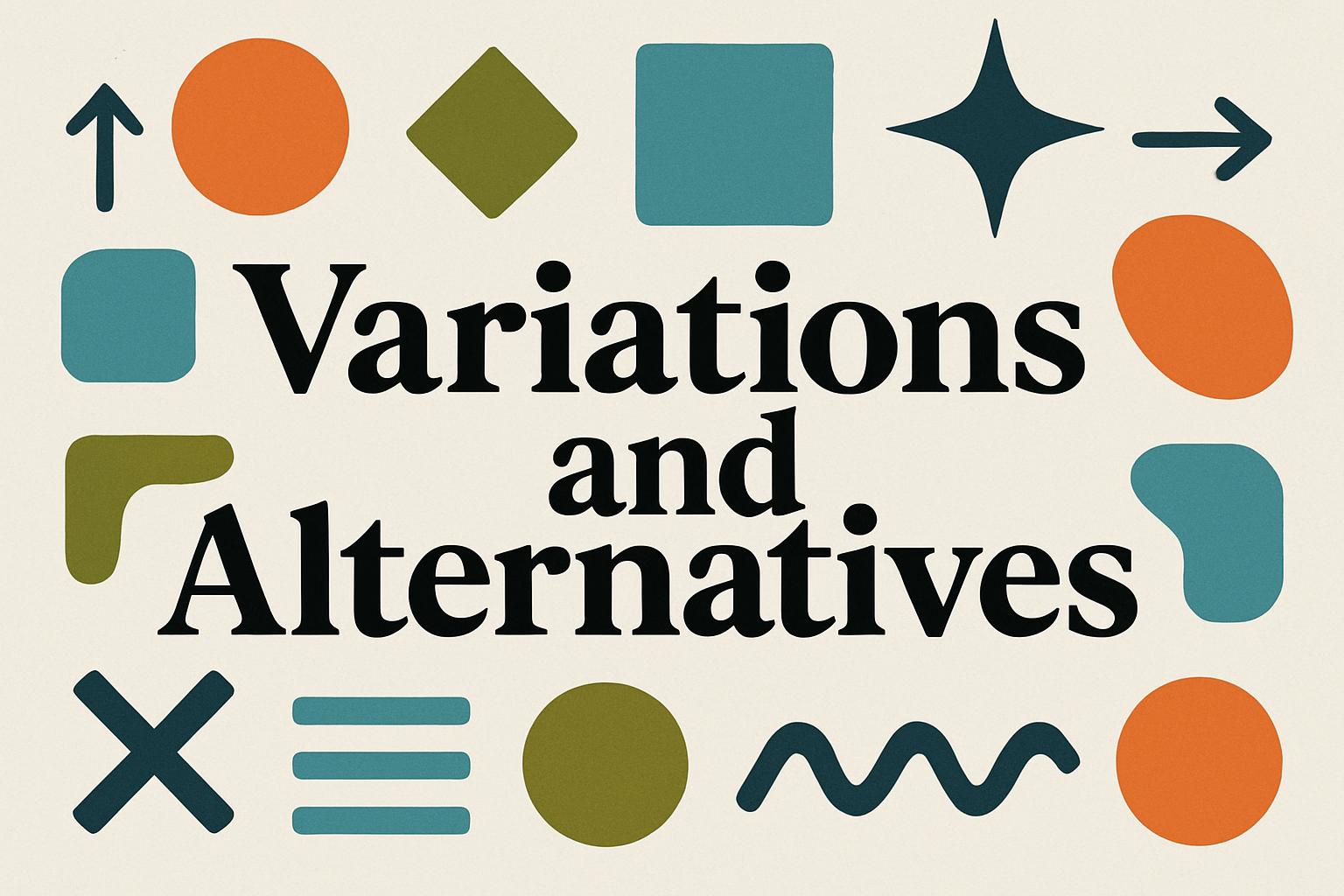
Patient Priorities Care is a model of goal-oriented care developed by Mary Tinetti and her colleagues at Yale. It is designed for a subset of older people with multiple or complex health challenges and focuses primarily on quality of life as the goal. Online implementation and training materials are available.
The Institute for Healthcare Improvement and the American Geriatrics Society have endorsed an approach to age friendly care that focuses on the 4 M’s, Mobility, Mentation, Medications, and what Matters to the patient. It is another example of a mixed approach that includes a focus on quality of life as a goal. https://www.americangeriatrics.org/sites/default/files/inline-files/IHIAgeFriendlyHealthSystems_GuidetoUsing4MsCare.pdf
The Veterans’ Administration has implemented a process of care called Whole Health Clinical Care. The Patient Priorities Care Model is also being tested in some VA clinics.
Health Tapestry is an approach being tested in Ontario, Canada using older community volunteers to help patients clarify their values and goals prior to seeing their primary care clinicians.
In Flanders, Belgium, primary care clinicians are being trained in a version of goal-oriented care that emphasizes quality of life goals and includes clinical team goal-setting as well.
Goal-oriented care is one of only two fully developed approaches for delivering person-centered care. The other, narrative medicine, which focuses on each person’s life story, is complimentary to and fully compatible with goal-oriented care. It is a comprehensive diagnostic and therapeutic approach that utilizes patients’ narratives in clinical practice, research, and education to promote healing. Beyond attempts to reach accurate diagnoses, it aims to address the relational and psychological dimensions that occur in tandem with physical illness. Narrative medicine aims not only to validate the experience of the patient, but it also encourages creativity and self-reflection in the physician.
